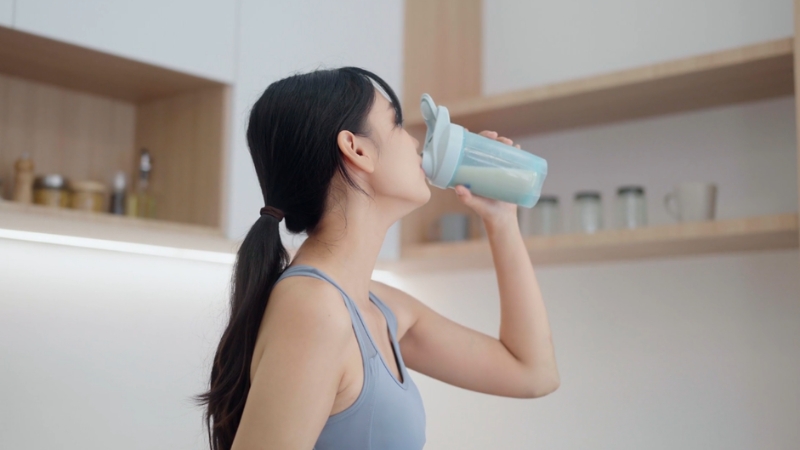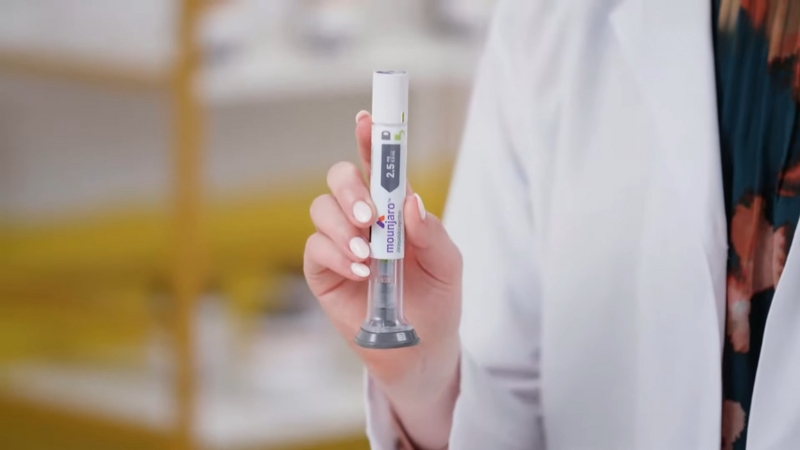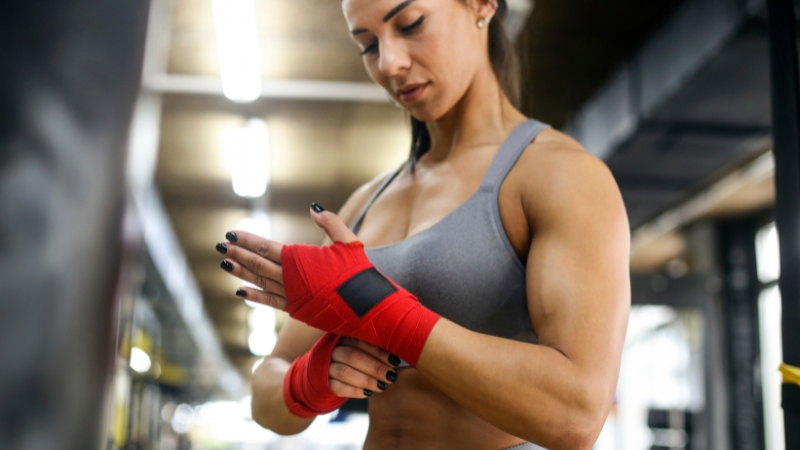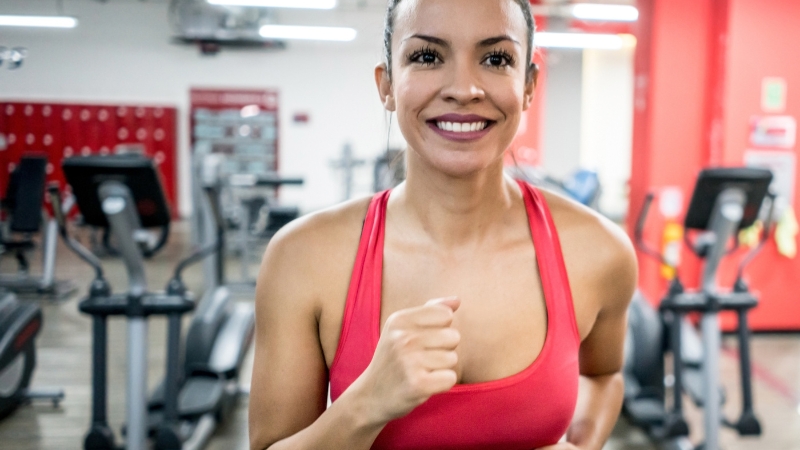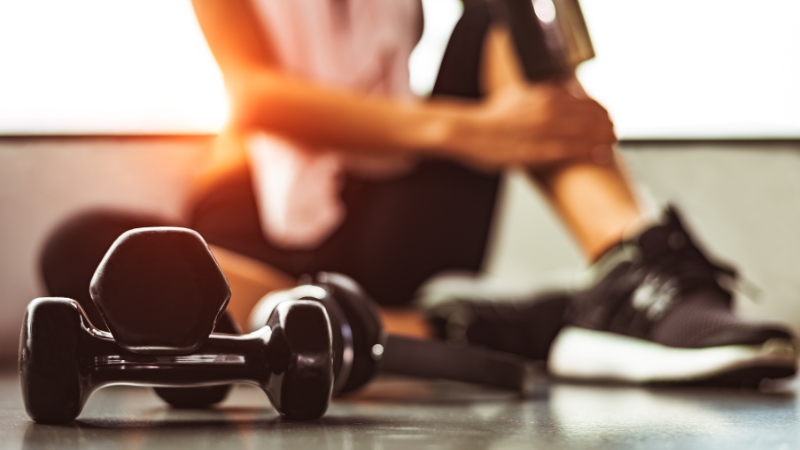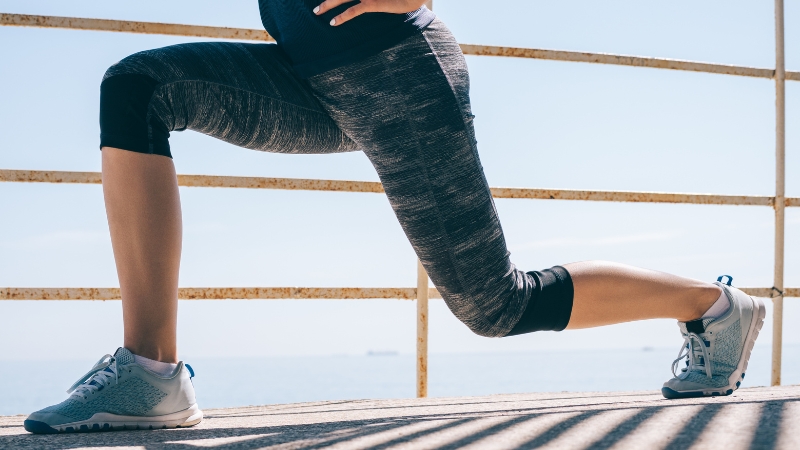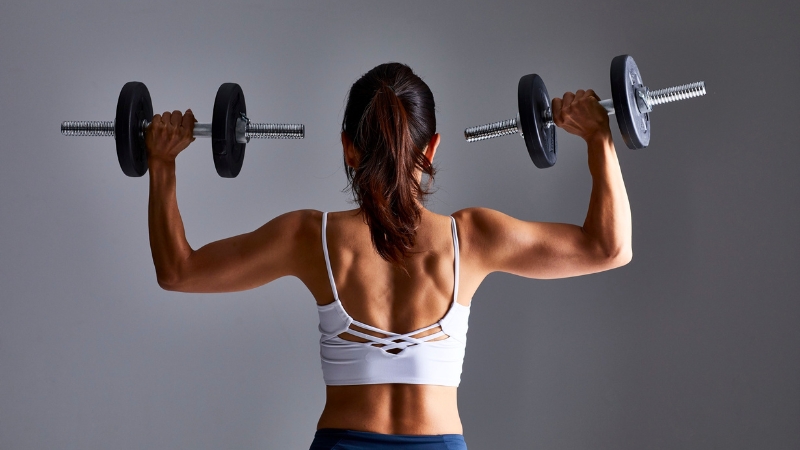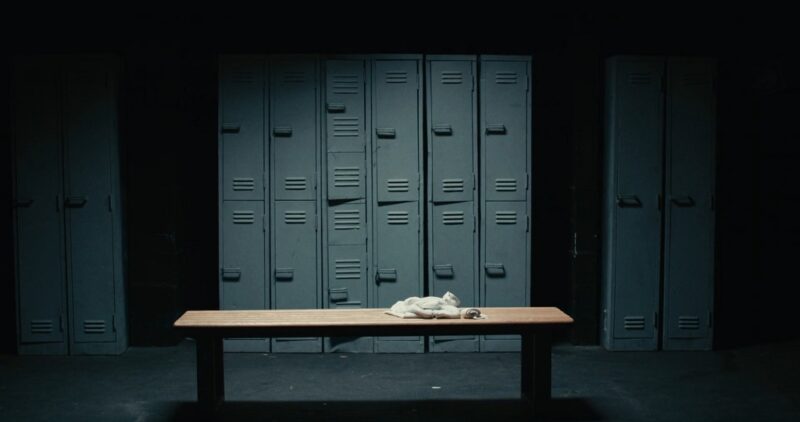
Share Post:
Walk into almost any gym locker room, and you’ll notice the same mix of sweat, steam, and humidity, the perfect recipe for bacteria and fungi to thrive.
Despite regular cleaning schedules, locker rooms are rarely as clean as people assume.
In fact, they’re among the most germ-dense environments in public fitness facilities.
The concrete answer is simple: even “well-maintained” gym locker rooms harbor microorganisms that can cause skin irritation, athlete’s foot, warts, and fungal nail infections if proper hygiene isn’t followed.
The Hidden Microbiology of Gym Locker Rooms
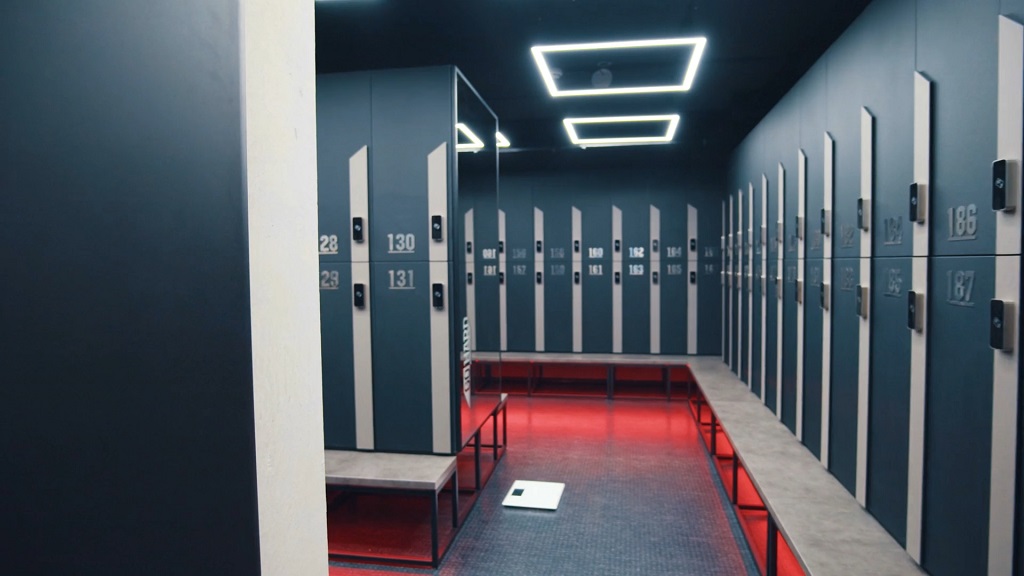
Locker rooms are constantly exposed to moisture, body oils, and skin cells shed by hundreds of users daily. Warm, damp environments create ideal conditions for bacteria such as Staphylococcus aureus (including MRSA) and fungi like Trichophyton rubrum, the main culprit behind athlete’s foot and ringworm.
According to several studies from the American Journal of Infection Control, gym floors, benches, and shower drains often test positive for a combination of bacterial and fungal species.
While disinfectants are used daily, many pathogens survive cleaning cycles because they cling to porous surfaces like tile grout or damp towels.
What this means in practice: every time you walk barefoot from the locker area to the shower, your skin comes into contact with microbial colonies that can live for hours or even days.
Why It Matters for Skin Health
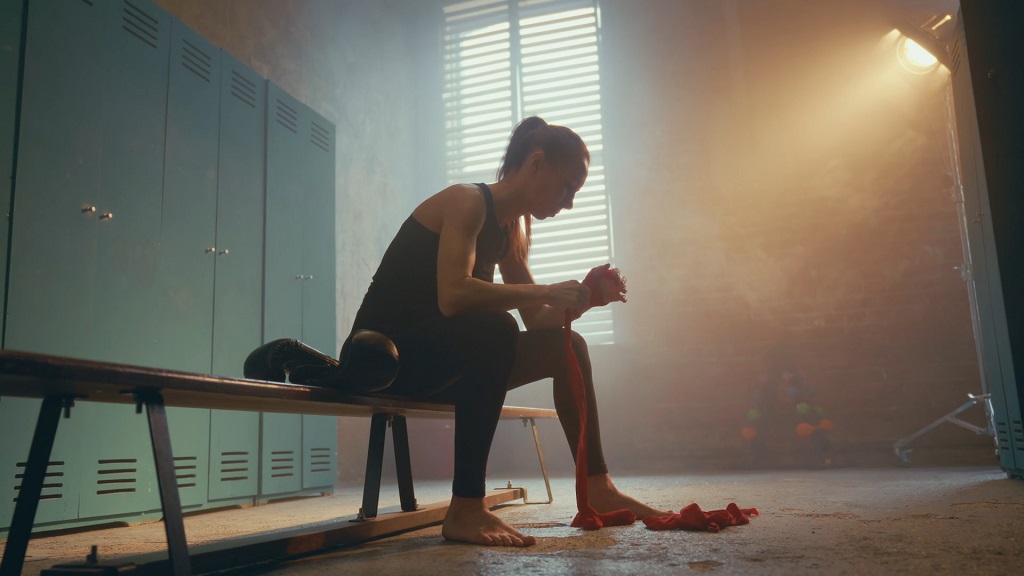
Your skin acts as a barrier, but it’s not invincible. Tiny cuts from shaving, blistered feet, or eczema-prone areas create entry points for bacteria and fungi. Locker room exposure often leads to three common conditions:
- Athlete’s Foot (Tinea Pedis) – Characterized by itching, peeling skin, and redness between the toes. It spreads easily in communal showers.
- Plantar Warts – Caused by the human papillomavirus (HPV), which thrives in damp surfaces like tiles and mats.
- Folliculitis and Skin Irritations – Often triggered by bacteria introduced through open pores after exercise or shaving.
In short, the cleanliness of the locker room directly affects your skin’s defense system. The more humid and crowded the environment, the higher your risk of irritation or infection, even if the room “looks clean.”
What Gyms Actually Do (and Don’t Do)
Most commercial gyms follow a cleaning protocol that includes mopping with disinfectants and wiping down benches several times a day. However, visual cleanliness isn’t the same as microbial safety. Many disinfectants lose potency if not left on surfaces long enough, and staff may lack time to clean during peak hours.
Surfaces that often escape proper sanitation include:
- Locker handles and door knobs
- Shower curtains or drains
- Hairdryers and shared grooming tools
- Benches and floor mats
Even the cleanest-looking facilities can still harbor microbes because contamination is constant; every new user adds sweat, hair, and moisture to the mix.
The Real Risks for Feet and Nails
Your feet are among the most vulnerable parts of your body in the locker room. The skin there is thicker, but constantly damp conditions soften it, making it easier for fungi to invade. Once infected, fungal spores can cling to toenails and spread even after you leave the gym.
Dermatologists emphasize that fungal nail infections (onychomycosis) are not just cosmetic issues; ; can cause thickened, brittle nails that are painful to trim or walk on. Recurrence is common, especially when shoes and socks stay moist after workouts.
A simple pair of flip-flops or shower sandals can reduce infection risk by over 90%, according to the Journal of the American Podiatric Medical Association. Still, many gym-goers skip them out of habit or convenience, a costly mistake.
Hygiene Habits That Actually Work
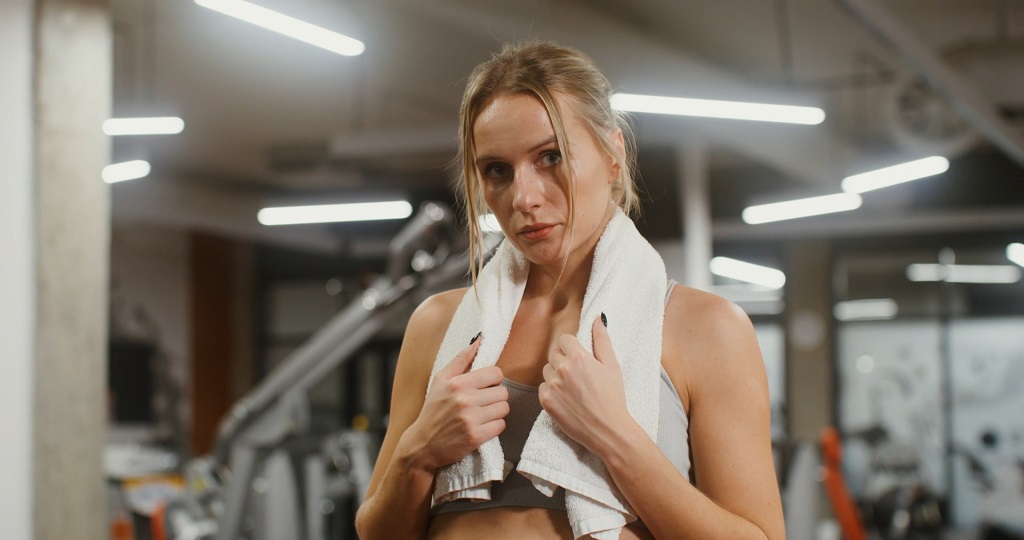
The good news is that a few consistent habits can protect your skin and feet from locker-room microbes:
| Habit | Why It Works |
| Wear flip-flops in showers and locker areas | Prevents direct contact with contaminated floors |
| Dry thoroughly, especially between toes | Reduces the moisture that fungi need to grow |
| Use your own towel and avoid shared items | Limits bacterial transfer |
| Wash gym clothes and towels immediately | Prevents bacteria from multiplying post-workout |
| Apply antifungal powder or spray | Keeps skin dry and resistant to fungal colonization |
Small steps like these make a measurable difference in infection prevention, often more than relying solely on facility cleaning.
Modern Skin Treatments and Prevention
When fungal or viral infections do occur, early treatment prevents long-term issues. Traditional topical creams and oral antifungals are still common, but newer medical options now target these conditions more precisely and safely.
For example, swift microwave treatment is a non-invasive method used by dermatologists and podiatrists to treat stubborn skin and foot issues such as warts. It delivers controlled microwave energy that stimulates an immune response without damaging surrounding tissue.
This kind of modern therapy reflects how hygiene-related infections, once considered trivial, are now treated with high-tech precision, especially for people frequently exposed to gym environments.
The growing adoption of advanced dermatological methods like this shows that preventing and managing locker-room-related conditions isn’t just about cleanliness; it’s about innovation and awareness in personal health.
The Psychology of “Clean Enough”
Interestingly, many gym-goers equate pleasant smells or polished tiles with true cleanliness. But disinfectant scents can mask microbial presence. Real hygiene is invisible; it’s measured in pathogen counts, not shine.
Understanding that even spotless locker rooms can host microorganisms changes how people behave: they start wearing sandals, carrying their own mats, and being more mindful about sharing razors or towels. It’s less about paranoia and more about informed prevention.
Midpoint Answer: What It Really Means for You
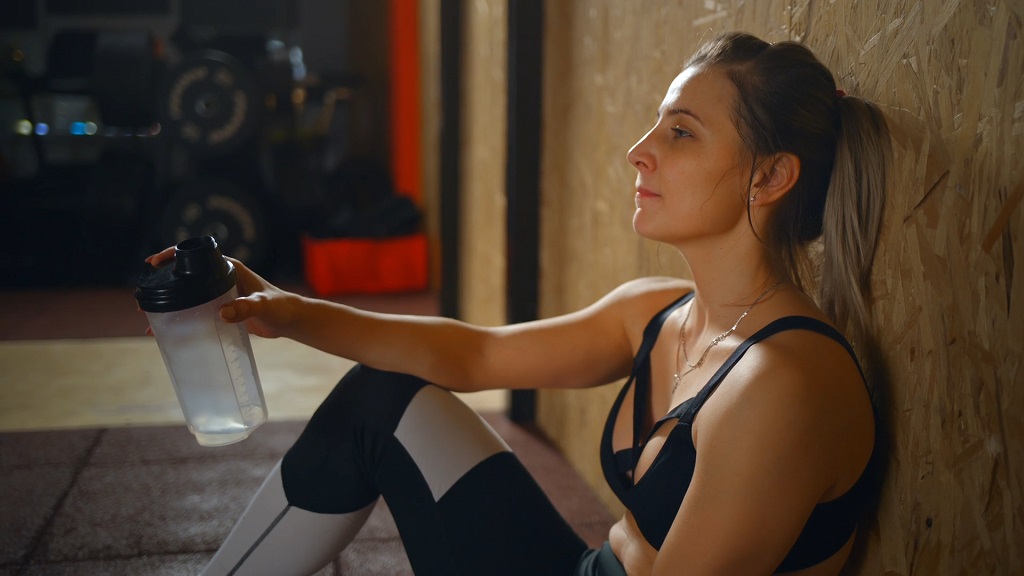
Here’s the concrete takeaway: locker rooms are never completely clean, but they don’t have to be dangerous.
Your skin and feet can stay healthy with consistent hygiene habits and smart awareness of contamination points. It’s not about avoiding gyms; it’s about managing the environment intelligently.
Even the most advanced cleaning protocols can’t eliminate all microbes; your habits are the real defense.
When to See a Doctor
If you notice persistent itching, cracking skin, discolored nails, or small growths on your soles or toes, it’s best not to self-diagnose. Dermatologists can confirm whether it’s fungal, bacterial, or viral and recommend targeted treatments.
Chronic or recurring cases may require specialized therapies like laser or microwave-based interventions to fully clear infections.
Ignoring mild symptoms often leads to reinfection cycles, especially if you keep visiting the same locker room without changing your preventive routine.
Final Thoughts
Gym locker rooms are essential shared spaces, but they come with microbial baggage. Even with daily cleaning, humidity, sweat, and constant traffic make them hotspots for skin and foot infections. That doesn’t mean you should avoid them; it means you should outsmart them.
The solution isn’t complicated: wear flip-flops, dry off well, and stay alert to changes in your skin.
Modern treatments show how far dermatology has come in addressing these common issues. But prevention remains the simplest, cheapest, and most effective defense.
At the end of the day, your fitness routine should make you stronger, not itchier. A little awareness goes a long way toward keeping your skin and feet as healthy as the rest of you.
Related Posts:
- 2025's Must-Have Skin Supplements for Youthful and…
- How the Right Shoes Can Save Your Feet - A Guide to…
- Top-Rated Gyms in San Francisco According to Real Locals
- How to Keep Your Skin Fresh and Flawless for the…
- How a Clean Diet and Regular Exercise Can Help…
- Does Working Out Really Help Slow Down Skin Aging?




